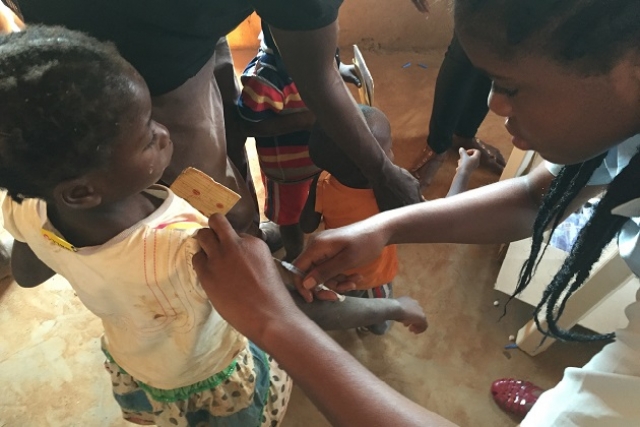Mobile labs deliver faster yellow fever test results
 “Treating a yellow fever patient is reliant on having the right diagnosis. This is dependent on having the necessary laboratory capacity to quickly identify the disease,” says Dr Pierre Formenty, an expert in haemorrhagic fevers at WHO and Manager of the Emerging Dangerous Pathogens Laboratory Network.
“Treating a yellow fever patient is reliant on having the right diagnosis. This is dependent on having the necessary laboratory capacity to quickly identify the disease,” says Dr Pierre Formenty, an expert in haemorrhagic fevers at WHO and Manager of the Emerging Dangerous Pathogens Laboratory Network.
Yellow fever is an acute viral haemorrhagic disease transmitted by infected mosquitoes. The disease is difficult to diagnose because it has similar symptoms as a range of other diseases, such as malaria and dengue. With more than 5000 suspected yellow fever cases and more than 400 deaths reported in Angola and Democratic Republic of the Congo, getting an accurate diagnosis is critical to saving lives and ending the outbreak.
Reliable and timely lab results are essential for decision-making in almost all aspects of health services, especially during disease outbreaks. Diagnosing yellow fever is challenging. Often times there are delays between when the sample is collected and transported to when it is analysed.
Diagnosing yellow fever is done by testing a blood sample to detect the virus. In later stages of the disease, this is more difficult to detect. In this case, more sophisticated blood tests (known as ELISA and PRNT) are needed and these can only be done in specialized laboratories.


